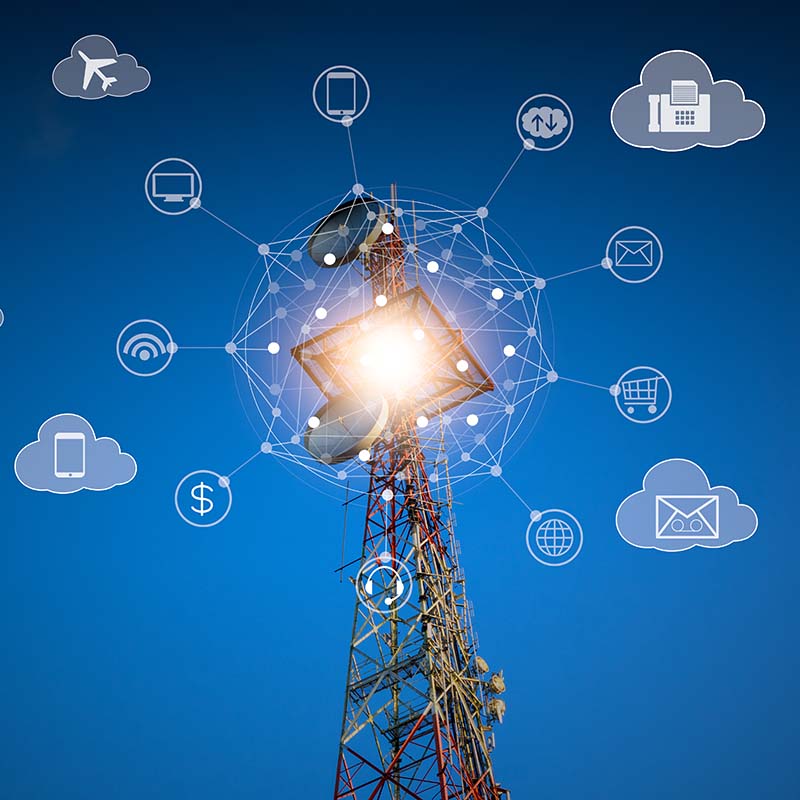When it comes to energy consumption, understanding usage patterns can be empowering.
As utility costs rose significantly in 2022, excessive energy consumption dug deeper into people’s wallets, giving more reason to experiment with cloud-based energy monitoring systems like Sense, OhmConnect and EyeDro. These cloud-powered energy monitoring systems are giving people a better understanding of their energy consumption, which can lead to behavioral changes that save money and shrink their negative impact on the planet.
Energy costs reached record highs this year in many parts of the world. The war in Ukraine, for example, has driven up the already high cost of natural gas, which constitutes about 40% of America’s electricity, according to The New York Times. Additionally, supply chain disruption has made routine grid upgrades and maintenance more difficult and expensive.
In Europe, the International Energy Agency recently published a 10-part plan to help countries reduce their dependence on Russian oil. Among its recommendations: increasing the energy efficiency of buildings and facilities with the help of smart thermostats and other cloud-based technologies.
Energy providers are turning to new technologies that help them react to climate change and run power grids more efficiently. Meanwhile, consumers are finding ways to manage their energy consumption in order to lower their bills and protect the planet. Homes and buildings are responsible for approximately one-third of global energy use and related CO2 emissions. And with over 80% of EV charging happening at home, the electrification of transportation is putting a bigger burden on consumers’ dependency on electrical grids.
Cloud Computing in Energy and Utilities Makes ‘Sense’
Sense, a smart home technology company, arms consumers with the data that helps people make informed decisions about when and how much they tap into energy grids.
“Consumers can have a big impact by shifting their power use away from times when demand is high,” Sense CEO Mike Phillips said in a 2021 interview with The Washington Post.
“Sense conducted a study in California that showed that 55% of energy could be shifted away from peak summer hours by consumer actions.”
Since heating and cooling can constitute more than half of a typical home’s energy use, consumers can have a big impact by using less electricity during peak load times.
To do so, they need to know when those peak hours are and have the ability to change the thermostat with ease, whether they’re in the building or on-the-go. Sense makes that possible by connecting to a home’s existing electrical panel through a cloud-connected sensor. This sensor “listens” to the electrical signature of the devices in the home to monitor and control energy consumption.
Sensor-based insights are sent to Sense’s cloud-based app, which allows tracks energy consumption, which can be compared across peak and off-peak prices. Data collected feeds Sense’s machine learning algorithm, which automatically generates real-time analysis and recommendations.
“The app can notify users if their bill hits a certain threshold or is trending higher than usual – so consumers can budget before getting their monthly utility bill,” Phillips said.
“The app can also remind consumers when their utility’s time-of-use program enters a higher rate period so they can save money by scheduling their washing machine, dryer or dishwasher when electricity is less expensive.”
Smart Energy Monitoring: A Bright Idea
Energy monitors and smart devices connected to the cloud provide real-time insights and data. But that data is only as useful as it is understandable.
Companies like Sense and Eyedro provide electricity monitoring through cloud services that present energy data in ways that are easy to understand – like a fitness tracker for the home. This cost-saving technology doesn’t require costly hardware or maintenance. Rather, it just needs a sensor and an internet connection. The apps visualize real-time electricity usage, so people can make informed decisions cut waste and use energy when it costs less.
Electricity data is automatically tracked and stored on the cloud and ready to retrieve when users log onto the app. Because it is connected to the cloud, it can be easily scaled to include multiple buildings for commercial use or to accommodate software plug-ins.
Eyedro’s system contains an open API, which means users can integrate data into their larger home automation systems. Consider air-conditioning, for example. Most simple sensors set the preferred temperature at a certain level, which kicks on when the temperature climbs. Eyedro helps establish energy-saving “rules” for a home’s HVAC system. For example, Eyedro users can instruct their air-conditioner to turn on only when their solar panels are generating more than 1,000 watts of electricity.
“Sometimes you need to use energy right now, turning on lights or watching a movie, for instance,” Phillips said. “But sometimes you do not care when energy is used. You only care about the result. For instance, you want your home to feel comfortable while you are there, your water to be hot when you need it and the EV charged in time for your next drive.”
Phillips said core systems in a home need to interact in order to help people better manage their energy consumption.
“To save money, to minimize carbon impact and to reduce the chances that the system fails and you lose power entirely,” he said.
Building Resiliency
In August 2020, electricity demand exceeded electricity supply in California thanks to a sweltering heat wave that forced the state grid operator to institute hours-long power outages for hundreds of thousands of customers. With temperatures in 2022 soaring higher and higher, experts say a series of rolling blackouts might affect the Golden State again this summer.
California Energy Commission (CEC) Vice Chair Siva Gunda stressed the importance of energy reliability and resiliency in recent briefings.
“The responsibility is becoming increasingly difficult to fulfill with the tools we have in hand,” Gunda told Scientific American. “Climate change-induced drought, fire and heat are very difficult to predict.”
Cloud-based energy monitoring companies have been calling on California utilities to more aggressively expand the market potential for demand-side resources. This includes behind-the-meter batteries, electric vehicle chargers and other distributed energy resources. After the rolling blackouts, energy-monitoring company OhmConnect gave away 1 million smart thermostats to combat the risk of summer grid emergencies in California.
OhmConnect works with partner utility companies to determine intense energy demands. It then reduces energy use by automatically powering down smart devices and incentivizing less energy use. If connected devices stay off for an hour during this peak, customers receive credit toward their monthly payment.
“OhmConnect has figure out how to get residential customers to act, essentially, in concert like a symphony, all at once,” OhmConnect CEO Cisco DeVries said in a 2021 interview with Axios. “To reduce energy demand in really predictable, reliable ways, and so reliably that it allows grid managers to dispatch us … instead of turning on a power plant."
By giving people more information and incentives to cut energy consumption, services like OhmConnect, Sense and EyeDro are helping people use energy smarter and more efficiently.
Jacob Gedetsis is a contributing writer. His work has appeared in The Kansas City Star, The Post Standard and The Plain Dealer, among others. Find him on Twitter at @JacobGedetsis.
© 2022 Nutanix, Inc. All rights reserved. For additional legal information, please go here.















